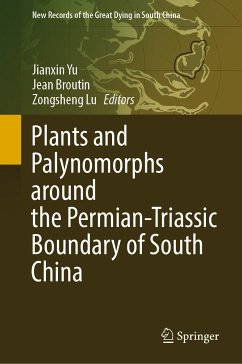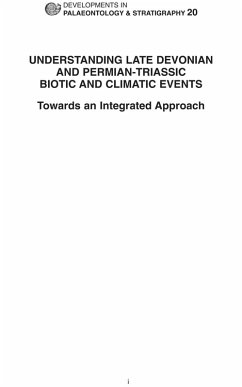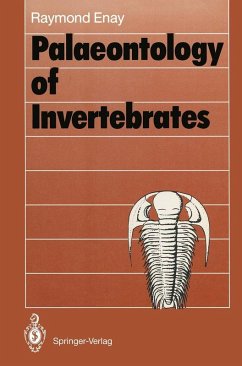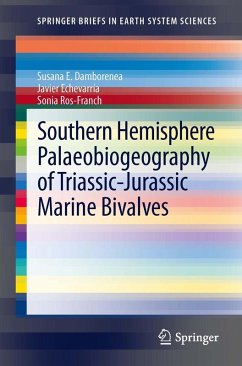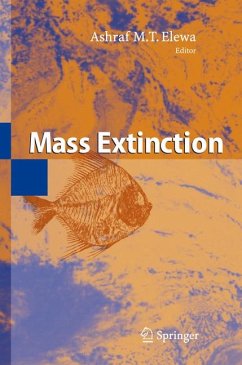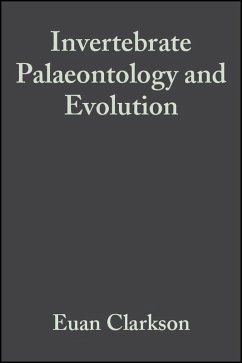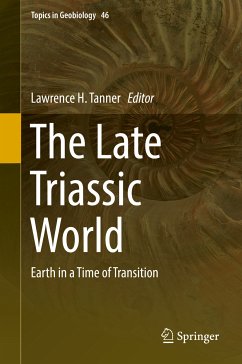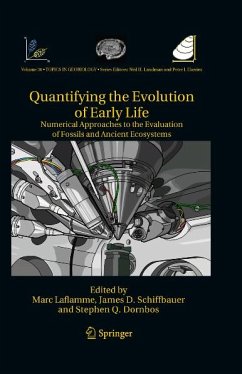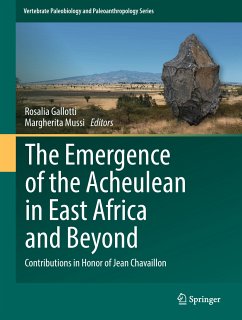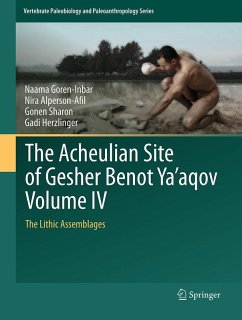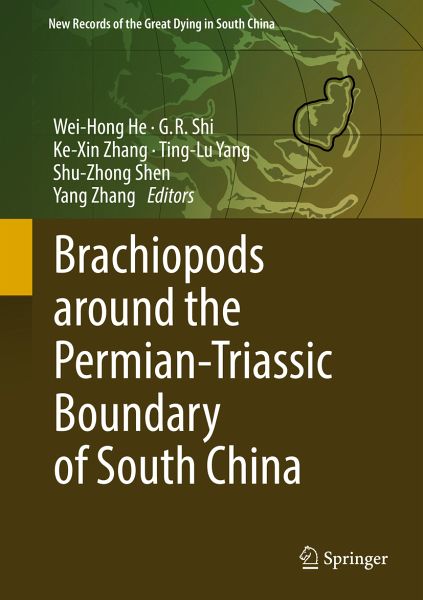
Brachiopods around the Permian-Triassic Boundary of South China (eBook, PDF)
Versandkostenfrei!
Sofort per Download lieferbar
96,95 €
inkl. MwSt.
Weitere Ausgaben:

PAYBACK Punkte
48 °P sammeln!
This timely book documents marvelous brachiopod fossils from the Palaeozoic-Mesozoic transition of South China. Numerous beautiful pictures and detailed descriptions (specifically the measurements of body size) of brachiopod species are presented. Systematic discussion on the evolution of brachiopod biodiversity and morphological features across the critical interval is not only extremely important for paleontologists to understand the marine ecosystem evolution from the Palaeozoic to the Mesozoic, but also attractive for students who need to know about the end-Permian mass extinction.The book...
This timely book documents marvelous brachiopod fossils from the Palaeozoic-Mesozoic transition of South China. Numerous beautiful pictures and detailed descriptions (specifically the measurements of body size) of brachiopod species are presented. Systematic discussion on the evolution of brachiopod biodiversity and morphological features across the critical interval is not only extremely important for paleontologists to understand the marine ecosystem evolution from the Palaeozoic to the Mesozoic, but also attractive for students who need to know about the end-Permian mass extinction.
The book distinguishes itself from other studies by its detailed study of the taxonomy, biodiversity and paleoecology of Permian-Triassic brachiopods from different palaeogeographic facies, especially from the deep-water environment in South China. The book also offers a unique study of the response of morphological features of brachiopods to palaeoenvironmental changes, providing insights for the process of Permian-Triassic crisis.
The book distinguishes itself from other studies by its detailed study of the taxonomy, biodiversity and paleoecology of Permian-Triassic brachiopods from different palaeogeographic facies, especially from the deep-water environment in South China. The book also offers a unique study of the response of morphological features of brachiopods to palaeoenvironmental changes, providing insights for the process of Permian-Triassic crisis.
Dieser Download kann aus rechtlichen Gründen nur mit Rechnungsadresse in A, B, BG, CY, CZ, D, DK, EW, E, FIN, F, GR, HR, H, IRL, I, LT, L, LR, M, NL, PL, P, R, S, SLO, SK ausgeliefert werden.



